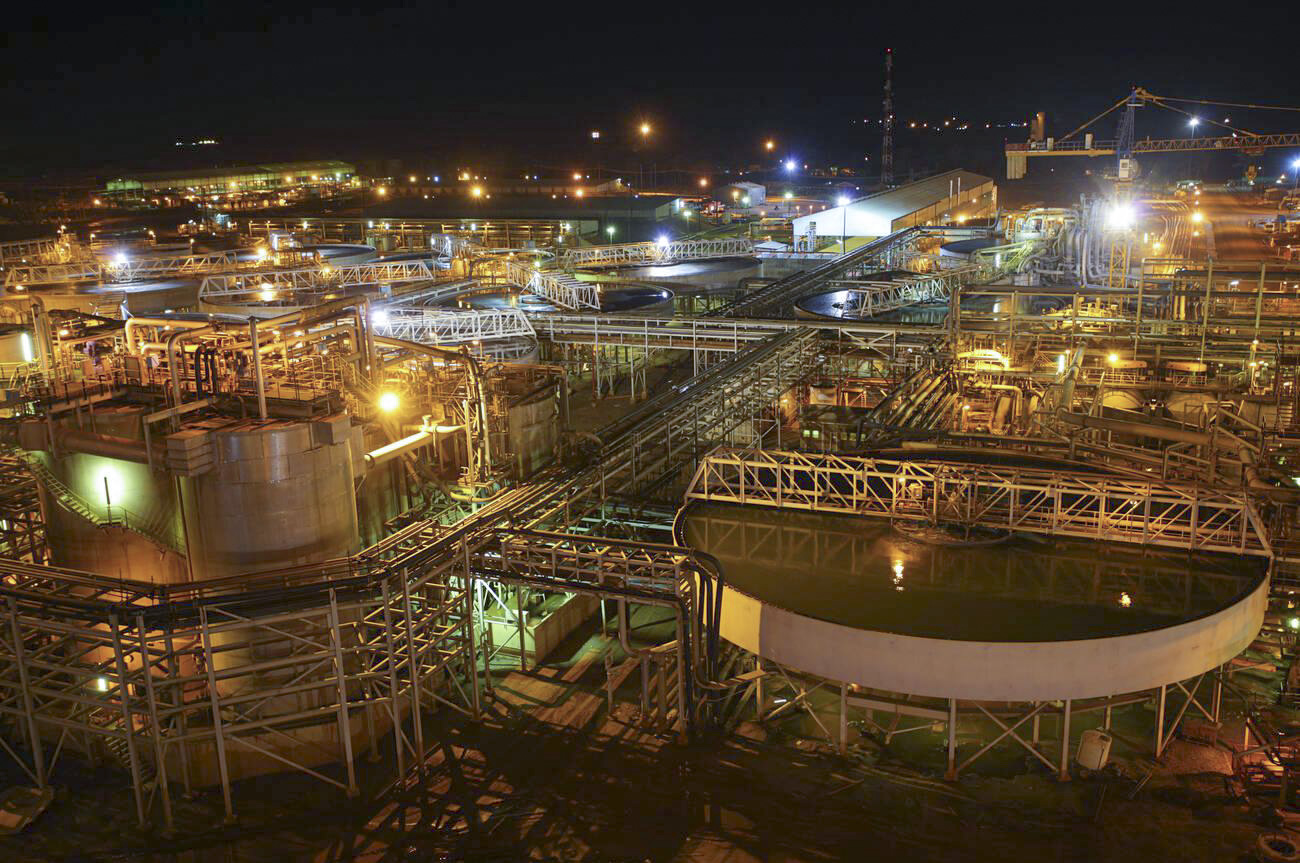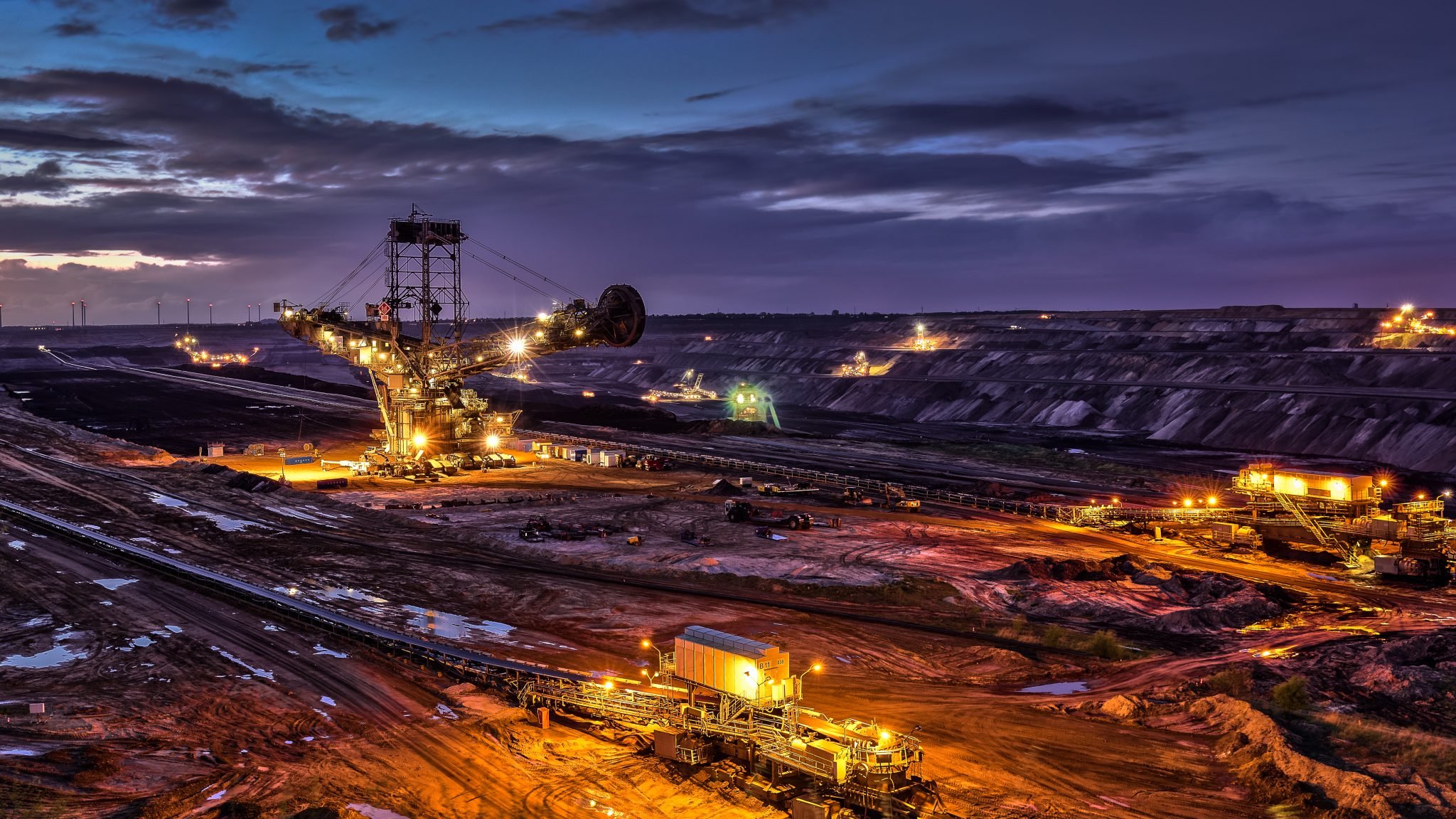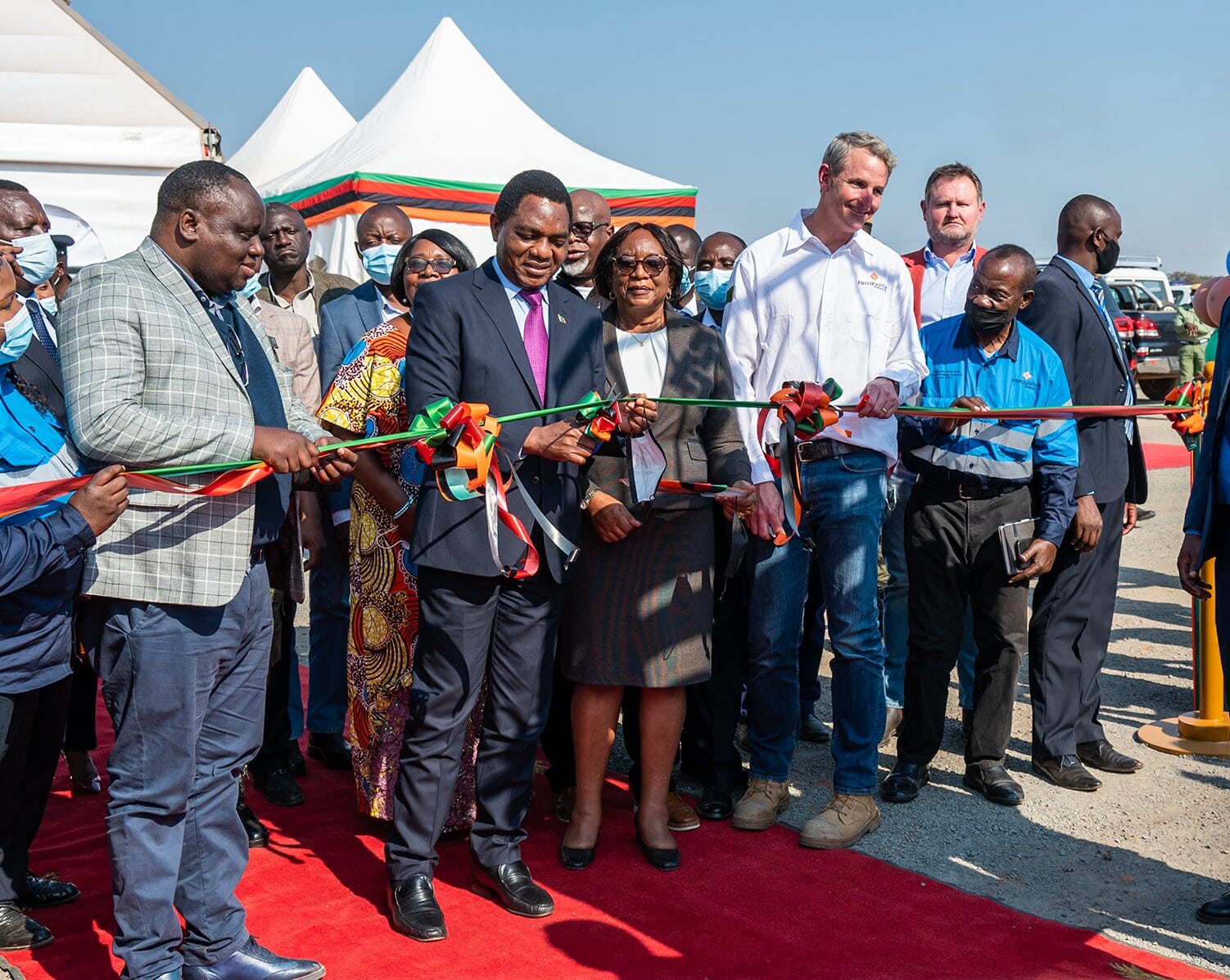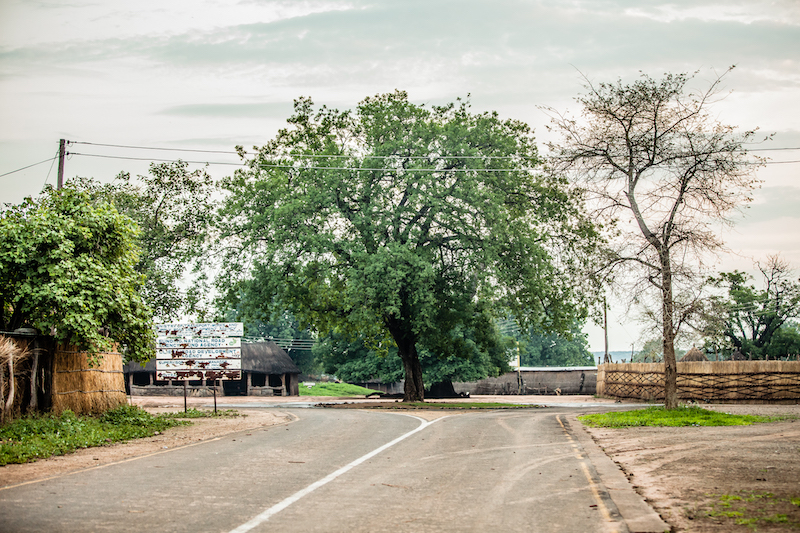Agriculture is the primary source of livelihood for many Africans and contributes, on average, 15 percent of Africa’s total gross domestic product. It is regarded as the sector that offers the greatest potential for reducing poverty and inequality. Most of Zambia’s farmers are small-scale subsistence farmers using relatively low tech methods and tools. However, Zambia has the potential to turn not only its rural areas, but also its cities into high tech agricultural hubs.
Vertical farming, sometimes referred to as urban farming or indoor farming, is the practice of producing food on vertically inclined spaces. Vertical farming often makes use of structures such as skyscrapers, repurposed warehouses and shipping containers. Vertical farms are similar to greenhouses. While traditional farming methods are the norm, there is a case to be made for incorporating vertical farming into Zambian agriculture.
With Zambia having abundant arable land that is underutilised many people may ask what the benefits of vertical farming are. The initial costs of vertical farming are higher than those for traditional farming. However, vertical farming can offer a higher return on investment compared to traditional farming. Traditional farming is cheaper by total capital spent and vertical farming is cheaper by cost per unit of produce grown.
Vertical farming often takes place in urban centres in countries that have used up much of their arable land. The argument can be made that Zambia is not urbanising as fast as some other African countries, therefore, there is no need to develop vertical farms and similar alternatives to traditional farming. However, the logic behind that argument, while understandable, is flawed. It assumes that we should only be innovative when a problem arises as opposed to pre-empting foreseeable challenges and planning and playing ahead of the curve. The fact that Zambia has abundant arable land is no reason for complacency. Arable land is, after all, a finite resource.
The benefits of vertical farming include:
- It can be done in small, enclosed spaces and requires less land.
- There is no need for pesticides or herbicides.
- It provides a stable food source unaffected by seasonal patterns.
- It uses less water than conventional farming methods.
- Employment for local communities.
FreshBox Farms in Millis, Massachusetts focuses on providing a sustainable food source through digitally controlled agriculture and serves the local market. Produce is grown indoors and stacked vertically on shelves and as is the norm with vertical farming, the facility uses hydroponic technology (growing produce in a nutrient-rich water solvent with no soil). In only 320 square feet, FreshBox yields as much as a 19-acre farm. Each unit operates on its own as a fully sustainable farm with its environment carefully managed through mechanical and digital controls. The farm’s produce is available throughout the year as it’s not subject to seasonal changes.
Closer to home, Kenya, Rwanda, Nigeria and South Africa are taking the lead. As researcher Dr Esther Ngumbi states: “Vertical farming in cities can help to deal with the problems of rapid urbanisation. It also offers urban residents pesticide-free food. And it can provide employment.” She further states that, “Of course, vertical farming also has its own set of unique problems, especially in Africa. These include unreliable sources of energy and water and start-up costs are high. But establishing partnerships that include the government, the private sector, universities, research institutions and civil society can counteract these obstacles.”
Oluwayimika Angel Adelaja is the founder and CEO of Fresh Direct Produce and Agro-Allied Services whose social enterprise, among other things, creates stackable container farms and has pioneered hydroponic agriculture in Nigeria. Adelaja says that when she started Fresh Direct, she realised that “new technology could make the difference that African agriculture needed. Unfortunately, we needed to import the technology and it was too expensive. So we decided to innovate and create our own technology from indigenous materials.”
Agricultural innovation is slowly taking place in Zambia as well. For example, AgriPredict, with the tagline agricultural risk management with artificial intelligence, is applying the use of technology in the agricultural space. The company’s app includes weather and drought forecasting, early warning for diseases and pests and marketing information, among other features, and is helping rural farmers increase yields.
In an ideal world vertical farming would be the choice for all individual citizens interested in growing their own produce or buying from green producers. Both traditional farming methods and more high tech versions, such as vertical farming and hydroponics, can be promoted concurrently to bring about much needed food security.















